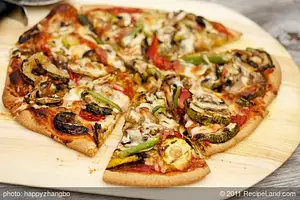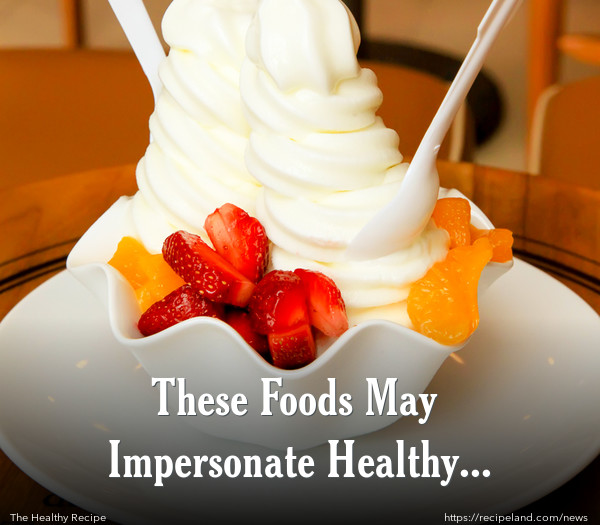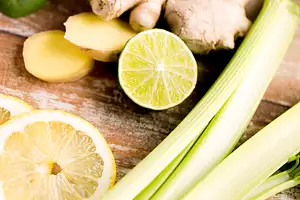Choosing healthy foods is a priority for a lot of people. But, often our choices are based on advertising and labels. If you do not read the nutritional information, you may fall victim to some false advertising. Learn about some foods that are commonly thought of as “healthy” but may not be as great as they seem.
1. Pita Chips
Even though these are usually baked and not fried, they are not exactly a health food. Most of the time they are made with enriched wheat flour, which is a refined grain with almost no fibre or nutrients. If you really want pita chips, look for some that are made with whole grains, or make your own from whole grain pitas.
2. Vegan Baked Goods
Just because your baked goods do not contain any animal products like butter, they may still contain ingredients that you do not want in your body. Plant-based margarines have just as many calories as regular butter, and most baked goods (vegan or otherwise) have too much refined flour and sugar to be considered healthy. If you must opt for vegan baked goods because of allergies to eggs or dairy products, or you have true ethical convictions about avoiding all animal products, then opt for the vegan varieties. Otherwise, if you must indulge, choose delicious homemade versions of your favourite recipes in small portions to treat yourself when needed.
3. Yoghurt-Covered Pretzels
Coating pretzels with icing and calling it yoghurt is a marketing miracle. It makes this yummy but sugar-and-calorie-filled treat appear almost like a healthy choice. While the coating does contain yoghurt powder, it is mostly sugar and palm kernel oil. You can expect up to 18 grams of sugar in a very small handful of yoghurt pretzels. If you are craving a salty-sweet treat, try reduced-sugar kettle corn or dark chocolate with sea salt.
4. Gluten-Free Snacks
Many people are under the mistaken impression that gluten free foods are automatically healthier than wheat-based foods. Unless you have a true gluten allergy, or celiac disease, then avoiding gluten is not necessary. When traditional products are made with flour alternatives, they are often less nutritionally rich than the regular versions. Opt to avoid products made with white or enriched flour, and choose whole grain versions whenever possible.
5. Self-Serve Frozen Yoghurt
Even though a venture to the local fro-yo shop seems like a better choice than full-fat ice cream, you are still getting more sugar than you bargained for. Plain frozen yoghurt has just as much sugar as the flavoured versions, with a ½ cup serving containing about 25 grams of sugar—before you add your delicious toppings. Instead of choosing this option, stay home and enjoy some plain Greek yoghurt with fresh fruit, dark chocolate chips, granola or even just a drizzle of honey. Save money, fat and calories all at the same time!
6. Sushi
Even though sushi is high in protein and low in carbs, and certainly better than a cheeseburger, it’s easy to get extra ingredients that you did not bargain for—like mercury. Most of the fish that is used in the most popular sushi rolls (think tuna, sea bass, swordfish) contains high levels of mercury.
7. Frozen Diet Meals
There are plenty of fad diets to go around, but most of them centre upon deprivation of some sort. Processed frozen meals that claim to be healthy usually contain so many processed ingredients that you cannot pronounce and you should never eat them. Instead of ingesting tons of chemicals, choose smaller portions of healthy options that you make at home. Sure, sometimes you are busy and want to reach for something quick, but make sure you know what you are putting into your body.
When you are aware of what you are eating, you can make better choices at the supermarket and the dinner table. Learn how to read ingredient lists and make sure that you are putting only healthy foods into your body!










Comments